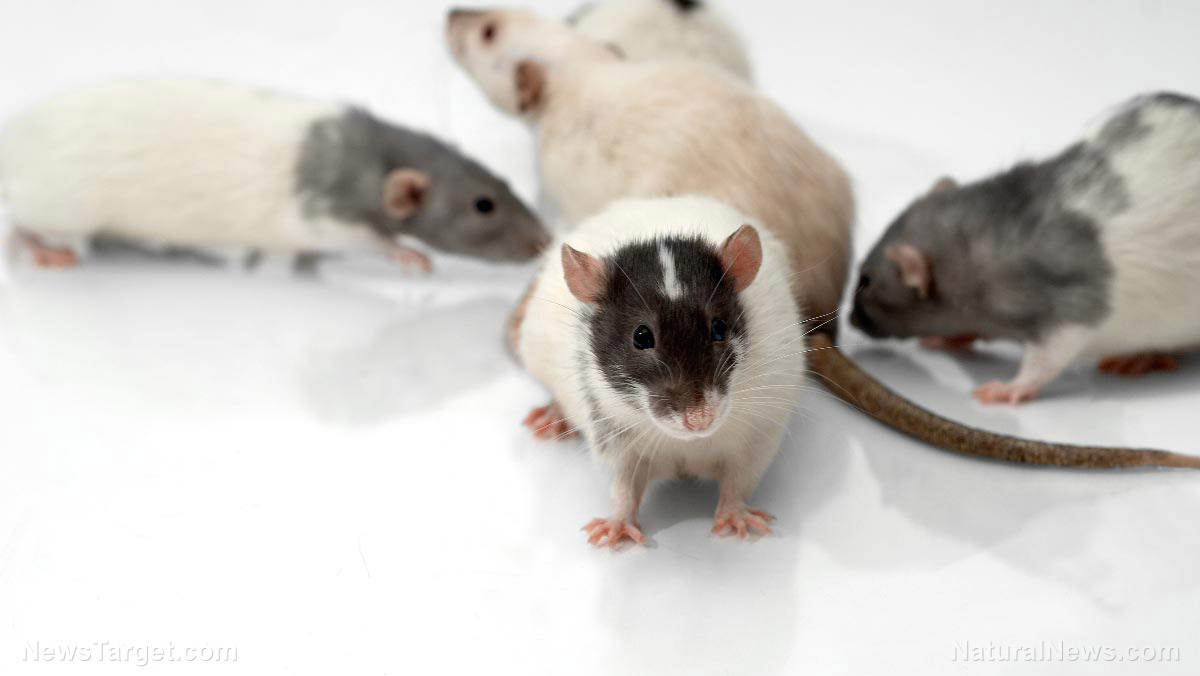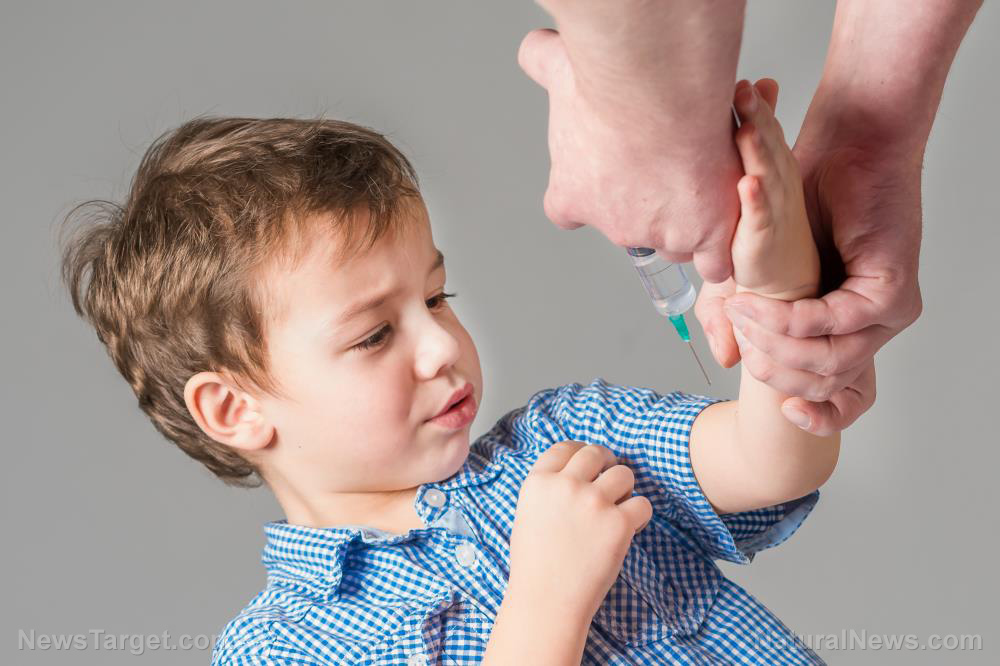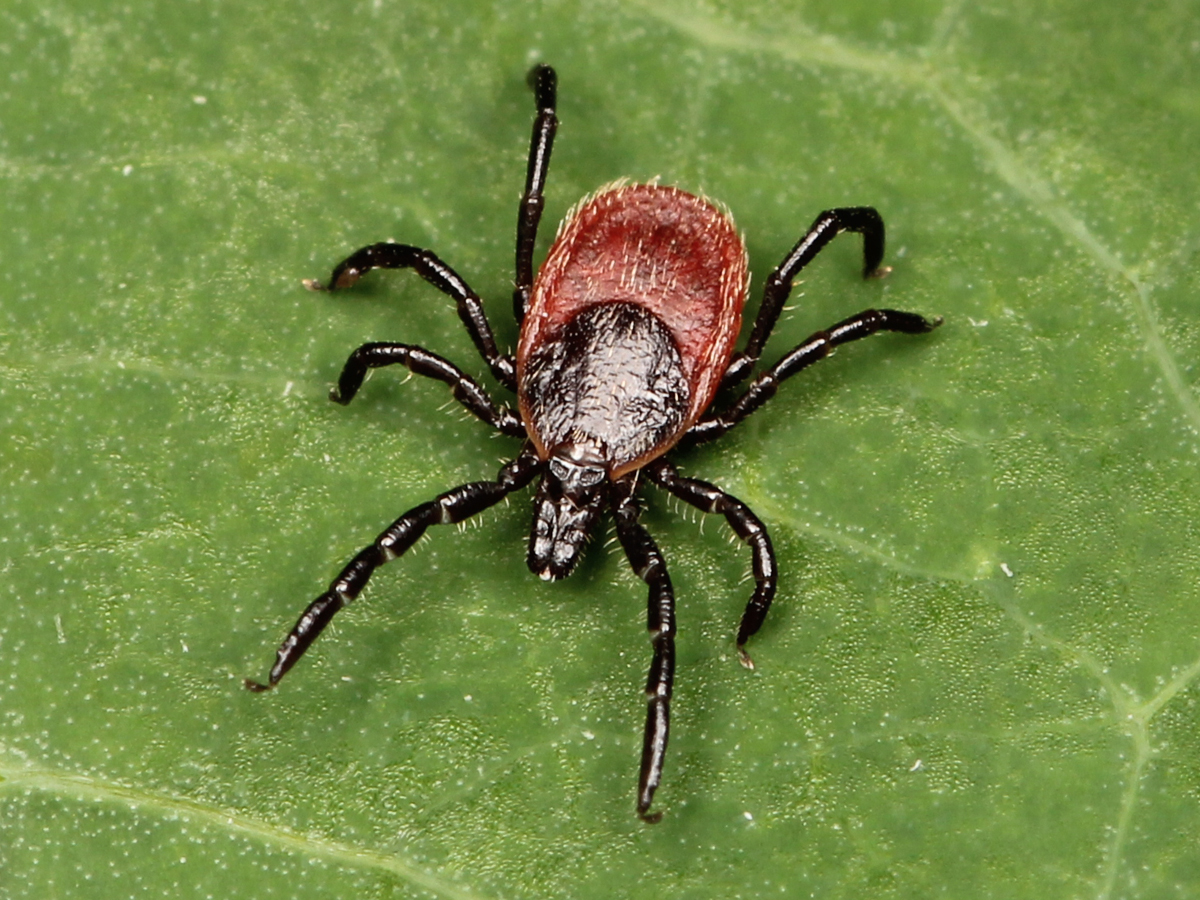Ratting them out: Rats are better at detecting tuberculosis in children than standard tests
05/16/2018 / By Isabelle Z.

Tuberculosis ranks among the top ten causes of death around the world, mainly in low-income countries. One problem that makes it difficult to treat is the inability to detect it in the first place; the current methods used to find the disease leave a lot to be desired. Cheap smear tests are generally used in less-affluent countries in Southeast Asia and Sub-Saharan Africa, and they only turn up a positive result in those who have the disease 30 to 40 percent of the time.
That could soon become a problem of the past, however, as scientists have discovered that rats have the uncanny ability to sniff out the disease among children. Tuberculosis killed 1.3 million people globally in 2016, including 130,000 children.
Sick people smell different
Researchers from Tanzania’s Sokoine University of Agriculture became interested in this possibility thanks to anecdotal reports that people with tuberculosis give off a very specific odor.
For the study, which was published in Pediatric Research, the researchers trained African giant pouched rats to smell certain compounds that are produced by people with tuberculosis. They then presented the rodents with samples of mucus and saliva, or sputum, from nearly 1,000 children younger than five.
While standard smear tests in Dar es Salaam clinics only picked up 34 cases among those aged 1 to 5, the rats found an additional 23 cases, which were later confirmed using advanced fluorescence techniques with a microscope. Among children aged 6 to 10, the smear test caught 94 cases, and the rats picked up 35 more cases. In adolescents, the smear test picked up 775 cases and the rats caught an additional 177, while in adults, the smear test found 7,448 cases and the rats picked up 2,510 more.
It’s interesting to note, therefore, that while the rats were much better at sniffing out cases of tuberculosis than the current standard tests in every age group, they were particularly good at doing it in children and became less useful with the patient’s age. It’s great news for children, however, because they sometimes have difficulty producing enough sputum for lab workers to culture the bacteria or grow a sample for testing. Lead author Georgies Mgode said that this prevents children from being diagnosed and therefore treated, so there is an urgent need for new tests to diagnose the illness in children, particularly in poor countries.
He added: “This intervention involving TB screening by trained rats and community-based patient tracking of new TB patients missed by hospitals enables treatment initiation of up to 70 prcent. This is a significant proportion given that these additional patients were considered TB negative in hospitals, hence were initially left untreated,”
Overall, the rodents were able to identify 68 more cases of the illness than the standard smear test. The training techniques were similar to those used to train rats to detect the vapors that are released by explosives in landmines.
Highly infectious disease becoming difficult to treat thanks to antibiotic resistance
Tuberculosis is extremely infectious, and it passes easily from one person to another through the air. It’s mostly known for its effects on the lungs, but it can also harm the spine, kidneys and brain. Once detected, it can be treated with antibiotics, but there have been a rising number of people developing a multidrug-resistant variety of the disease that is challenging to treat. Researchers have said that curcumin, a compound in turmeric, shows some promise in treating it, but further studies are needed.
Sources for this article include:
Tagged Under: antibiotic resistance, infectious disease, Rats, TB, TB tests, tuberculosis, turmeric, weird science



















